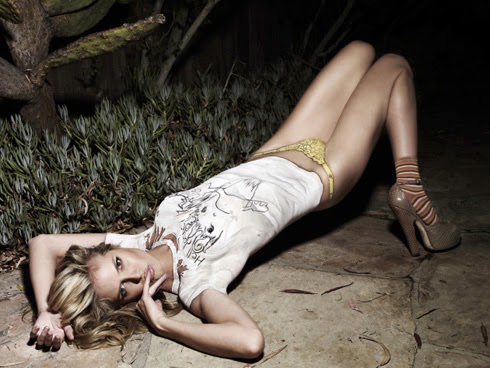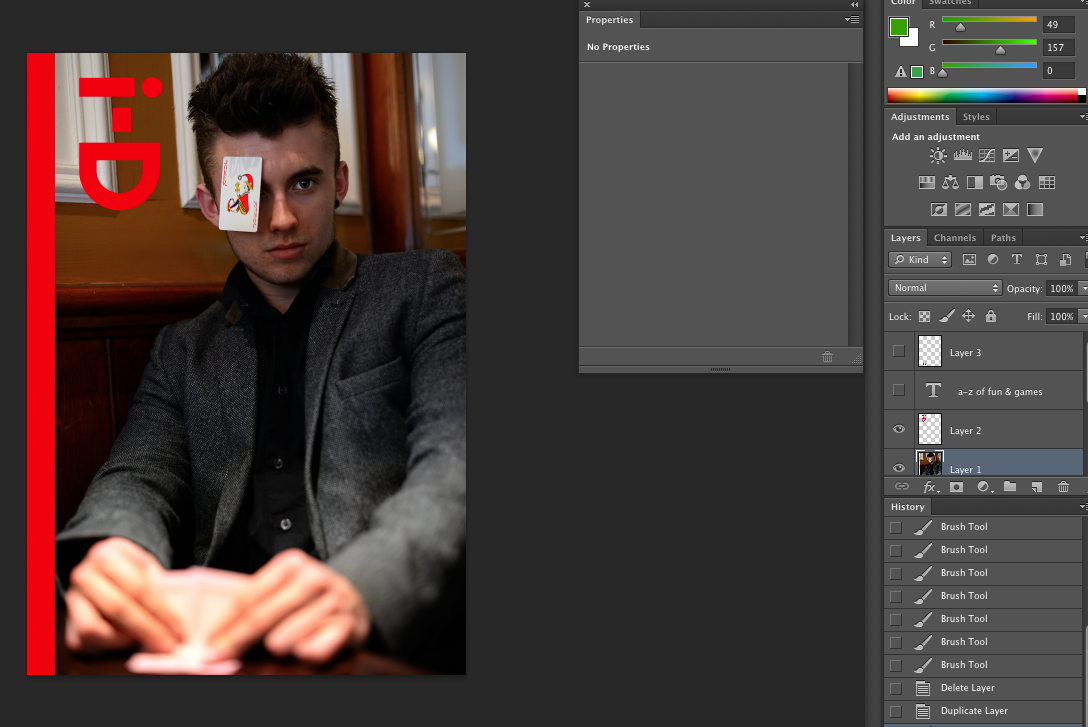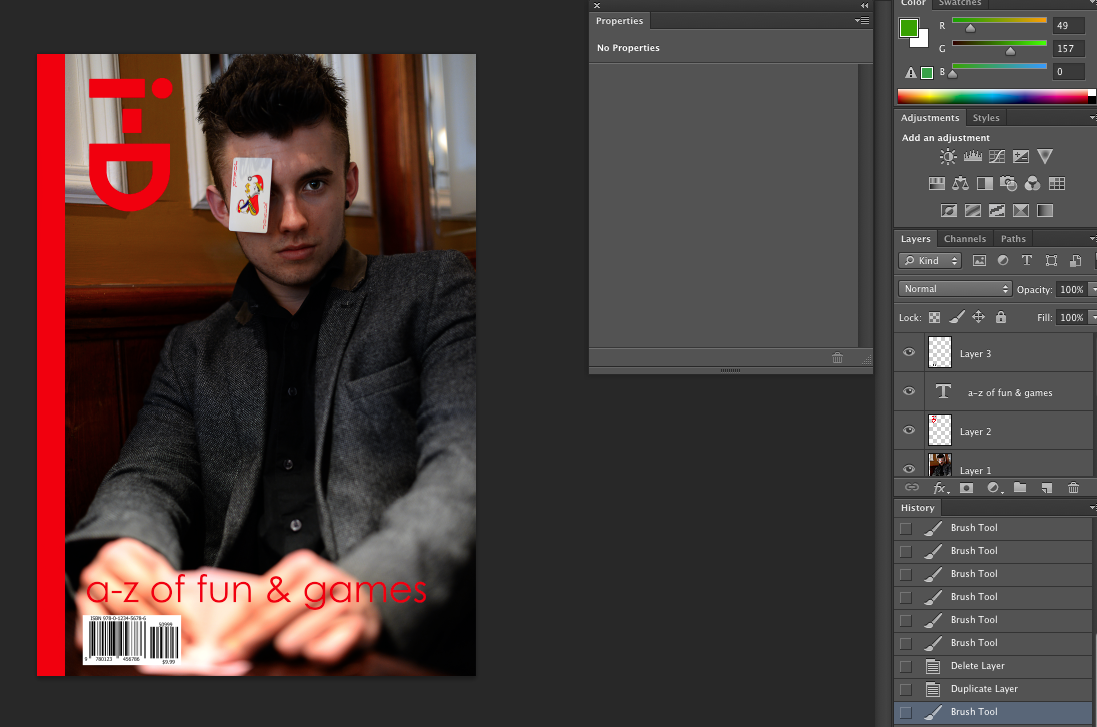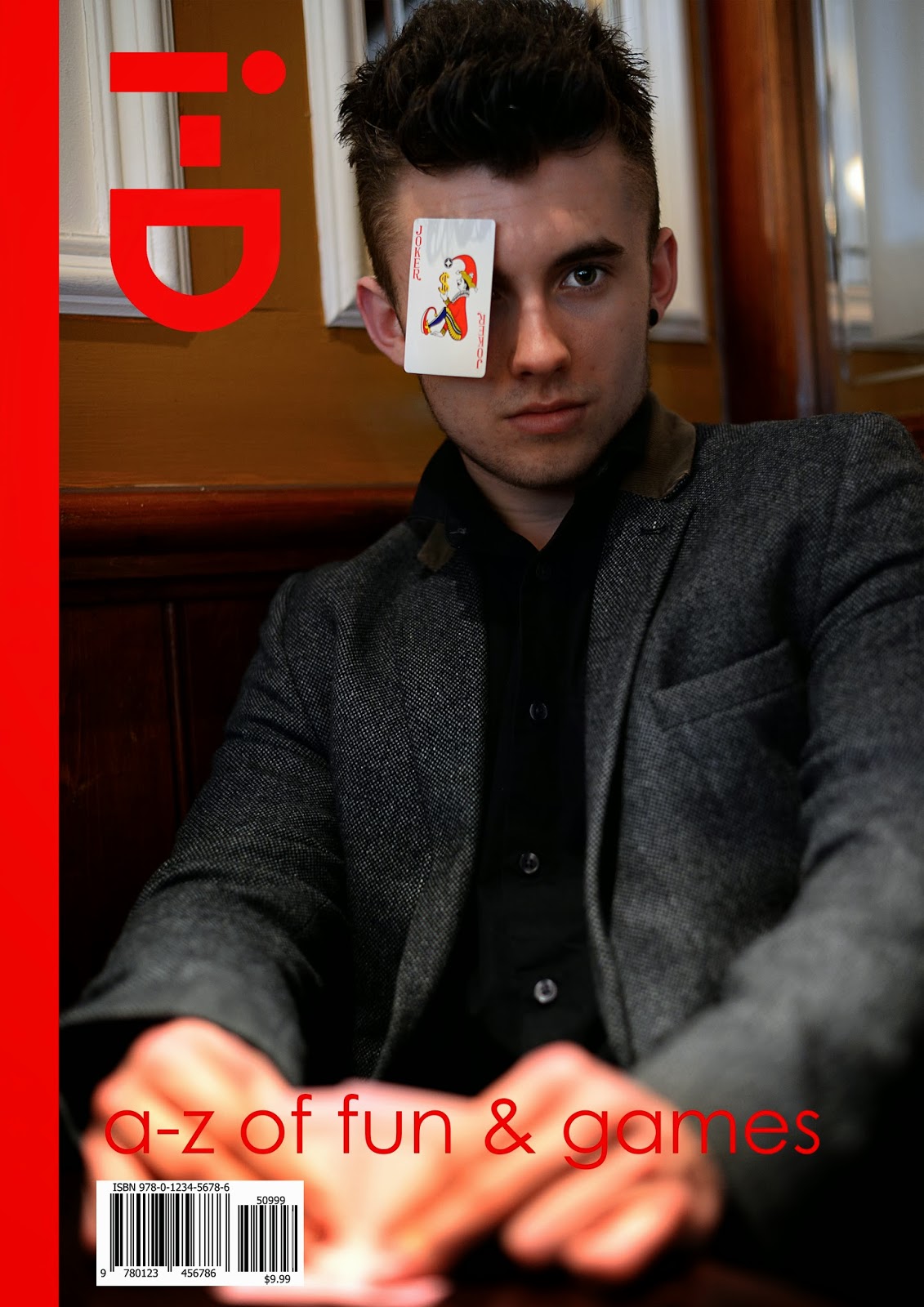Genres:
Fashion
Sport
Portrait
Documentary
Event
Travel
Street
Animal
Landscape
Fine art
I am going to choose 4 of them and briefly study them. I choose fashion, portraiture, sport and event.
Sport:
Usually sport photography is very well lit. The photographer will need this because of the fast shutter speeds needed to capture all the detail without blur or motion. However depending on the photographers position the lighting might be used to create a silhouette. In most cases a small aperture is used to focus the viewers attention on the main subject. The photographer should know the sport and how the athletes move in order to capture the perfect position; because of this they might have to position themselves in a certain place in order to get a specific angle. Usually the photographer tries to communicate the effort and determination of the athletes.
Fashion

Fashion is about setting a trend. Specific colours, types of clothes and patterns are all communicated through the apparel that the model is wearing. Traditional fashion photography is very tame and focuses on the style of clothing. Often it will be in black and white so that the colour doesn't distract the viewer from how its being worn. However the other type is very vibrant and in your face. It thrives on being insane with shapes and colours. Location can really effect the impact of a fashion image. If colours match or contrast it will make parts of the image hide itself but make other areas shine through the rest of the colours or lines. The location might not even match the style of the fashion and give it an odd feel to it.
Portraiture

Portraiture is a very broad subject with many angles and perception of it. It can include any and all of the persons body however photographers like Friedlander use shadows to make portraits. Black and white portraits usually convey a more serious or deep feeling about the image because of the tones and use of lighting. The lighting can either be soft or harsh depending on the location of the shoot.
Event
Event photography includes weddings, concerts, parties, award ceremonies, etc. the photographer is primarily there to record and document memorable moments for guests. Often the lighting at events like these are only well lit at specific times. This means that the photographer would have to compensate with a flash gun. They would also have to think about how many people and where they are likely to stand/gather in order to make it easier for them to move around to get into the right position for an image. Some things happen in the blink of an eye, they would have to be constantly vigilant and have a fast shutter speed to capture the moment in absolute detail. The model wont always be looking at the photographer so they will have to think about their shot and take it wisely.


























































